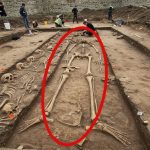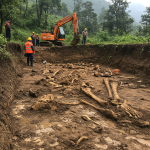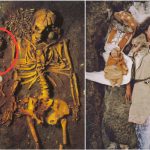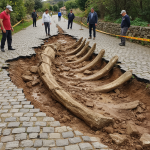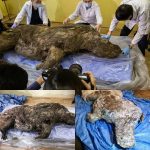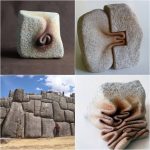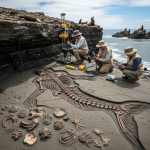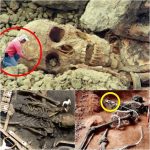Ancient Thracian Chariot Unearthed with Nobleman’s Burial in Bulgaria
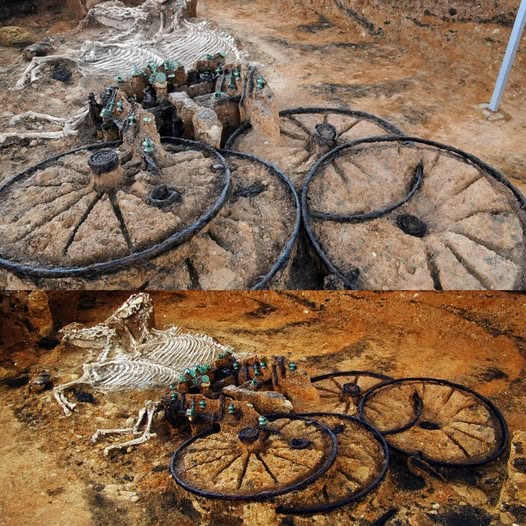
The discovery of a 2,000-year-old wooden chariot has captured the fascination and attention of people worldwide. Unearthed alongside the remains of two horses, a dog, and a nobleman from Thrace in present-day Bulgaria, this remarkable find has become a topic of discussion on Reddit and beyond. The chariot, adorned with bronze and believed to be embellished with scenes from Thracian mythology, was first discovered in 2008 by a team of dedicated archaeologists led by the renowned Veselin Ignatov.

While the exact age of the chariot remains uncertain, experts estimate it to be approximately 1,800 years old. In 2009, Ignatov and his team made another incredible discovery in close proximity to the chariot—a brick tomb containing the remains of a man clad in armor. This individual was buried with a plethora of valuable items, including gold coins, gold rings, and a silver cup depicting the Greek god Eros. These artifacts provide compelling evidence that the man buried alongside the chariot was indeed a nobleman or possibly even a ruler from ancient Thrace.

The practice of chariot burials was widespread in Bulgaria, particularly during the Roman Empire period. However, it was most prevalent and deeply rooted in Thrace, where it symbolized prestige, power, and authority. The horses that pulled the chariot were likely sacrificed during the burial ceremony, along with other animal offerings and libations. In some instances, chariots were deliberately destroyed before being interred. These burial rituals reveal the significance and importance placed upon the afterlife in ancient Thrace.

Due to the prevalence of chariot burials in Bulgaria and the valuable artifacts they contain, there is an ongoing race between archaeologists and looters to excavate these sites. Fortunately, this particular chariot burial was unearthed by Ignatov and his team before looters could lay their hands on it. This ensured that the artifacts could be properly studied, preserved, and publicly displayed in a museum for all to admire and learn from. The discovery of this ancient wooden chariot and its accompanying burial site provides invaluable insights into the rich history and cultural practices of Thrace, captivating both scholars and enthusiasts alike.
